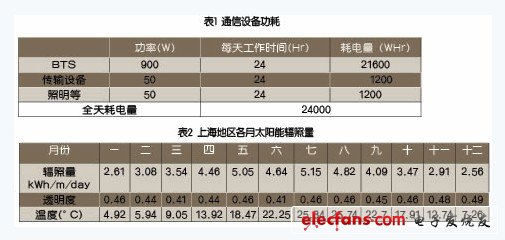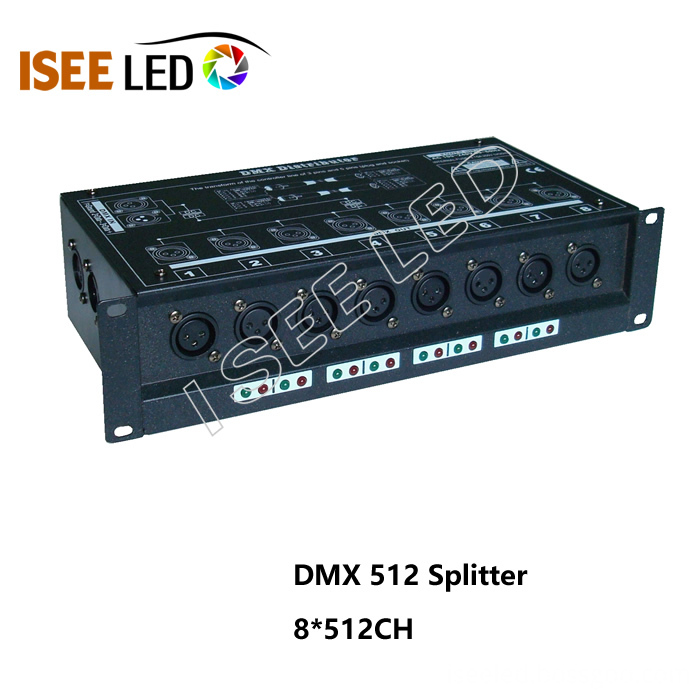In December 2009, the 15th Conference of the Parties to the United Nations Framework Convention on Climate Change was held in Copenhagen, Denmark, and published the Copenhagen Accord. Under the agreement, industrialized countries should submit economically quantified 2020 emissions targets to the Convention Secretariat by January 31, 2010, and developing countries should submit plans to implement climate change mitigation in the context of sustainable development. Energy conservation and emission reduction is a major measure to implement the scientific development concept and build a harmonious society. It is an inevitable choice for building a resource-conserving and environment-friendly society. It is the only way to promote economic restructuring and transform the growth mode, and to safeguard the long-term interests of the Chinese nation. Inevitable requirements. China's "Eleventh Five-Year Plan" outlines that the energy consumption per unit of GDP during the 11th Five-Year Plan period will be reduced by about 20%, and the total discharge of major pollutants will be reduced by 10%. The energy consumption of communication systems has increased year by year, and the information industry has become the fifth largest energy-consuming industry in the world. It is urgent to promote energy conservation and emission reduction. As early as two years ago, the former Ministry of Information Industry declared that: In terms of the communications industry alone, China's communications industry consumes more than 20 billion kWh of electricity per year and has become a high-energy-consuming industry. Paying attention to the energy saving and emission reduction of communication systems will not only help operators save costs, but also realize the transformation of growth mode and improve the sustainable development capability of enterprises. At the same time, energy conservation and emission reduction are also the social responsibilities of operating enterprises. Since 1954, when Chabin and Pilsson first developed practical monocrystalline silicon solar cells at Bell Labs, after more than half a century of development, crystalline silicon solar photovoltaic modules have become mature commercial products. The application of solar photovoltaic power generation in the field of communication and power supply has also been explored for many years. Because solar photovoltaic power generation has the characteristics of no geographical restrictions, compared with other "green" energy sources such as wind power generation, solar photovoltaic power generation occupies the most important position in energy saving and emission reduction of communication systems. ZTE has accumulated rich experience in solar photovoltaic power supply applications. In the overseas communication projects that have been implemented, the total installed capacity of solar photovoltaic power generation in the network exceeds 10 megawatts (1 trillion = 106). In June 2009, ZTE was invited to provide solar photovoltaic power supply solutions for mobile communication base stations in Shanghai World Expo venues. In line with the principle of maximizing energy conservation and emission reduction and making full use of solar energy resources, the “best-use†solar photovoltaic power supply solution is especially recommended. The characteristics of solar power requirements for mobile base stations in the Expo venue are as follows. ◠Need to consider social benefits and maximize the reduction of annual carbon emissions. ◠The amount of solar radiation varies greatly in Shanghai in each month. ◠The base station consumes a lot of power in the hotspot communication area ◠Component installation methods need to be designed according to existing building conditions. ◠The reliability of communication power supply is extremely high. The power consumption of the communication device is shown in Table 1. The geographical location of Shanghai is latitude 31°13''48"N, with an average elevation of 7m. The meteorological data are shown in Table 2. According to the design principle of “best-use†solar photovoltaic power supply solution, the PV array installation inclination angle is designed according to the maximum solar radiation quantity that can be received throughout the year, and the solar energy resources are maximized to reduce carbon emissions. Part of the energy of the PV is provided by the mains, ensuring that the base station supplies the lowest CAPAX (capital expenditure) and OPAX (operating expenditure). The battery capacity is designed according to the battery backup power supply time for 3 days to extend the battery life and high reliability of the power supply. From this, it is calculated that the optimal tilt angle of the solar array is 30° (toward the south). Further, the average solar radiation energy at different tilt angles can be plotted as shown in FIG. Through a series of calculations, the solar photovoltaic module configuration requires 40 pieces of 175Wp, and the battery pack is equipped with 3 sets of 800AH gel batteries (GEL). Then verify the solar PV module capacity configuration. It can be seen from Fig. 2 that in the "best-use" solar photovoltaic power supply scheme, the solar photovoltaic power generation only meets the load consumption in the month when the solar radiation is most abundant, and the power generation in other months is insufficient to maintain the load power supply. The part of solar photovoltaic power generation with insufficient load and power consumption is automatically supplemented by the mains supply through the control of the solar charge and discharge controller in the power supply system. The supplementary power supply of the mains only accounts for 8% of the total power consumption of the load, indicating that this solution maximizes the utilization of solar photovoltaic power generation capacity. Solar photovoltaic power generation accumulates 8488.3kWh of load for the whole year. According to the average carbon emission of 0.785kg/kWh, the annual carbon dioxide emission can be reduced by about 6700kg, which is equivalent to reducing the burning of about 4800kg coal.
Iseeled's Signal Splitter gives you the ability to plug in up to 8 dmx-out from one dmx-in. Led splitter is specially designed for connection of dmx receivers .Our dmx splitter can surmount the restriction that signle RS485 can only connect 32 sets of equipment. DMX splitter is an optical for DMX512 lighting. It's purpose is to allow the user more flexibility in connecting their DMX controller devices. Instead of having to make them all fit within a single daisy chain, each of the eight outputs from the Signal Splitter can be start of its own chain.
Photo show of Signal Splitter:
Signal Splitter Signal Splitter,Led Signal Splitter,Dmx Signal Splitter,Signal Fiber Splitter Shenzhen Iseeled Technology Co., Ltd. , https://www.iseeledlight.com

